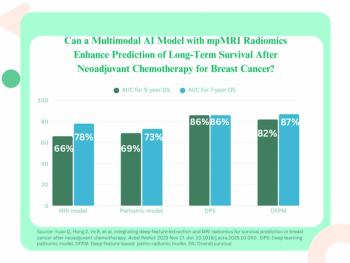
Perfusion CT approaches first-pass fMRI
With piles of accumulated evidence demonstrating the ability of multislice CT to diagnose coronary artery disease, researchers are expanding clinical application of the modality to the measurement of myocardial viability following infarction.
With piles of accumulated evidence demonstrating the ability of multislice CT to diagnose coronary artery disease, researchers are expanding clinical application of the modality to the measurement of myocardial viability following infarction.
Clinicians are increasingly calling for first-pass and delayed-enhancement myocardial MRI to assess post-MI myocardial damage and gauge the po¬tential value of coronary revascularization. Now, a preliminary study shows that first-pass and delayed-enhancement CT can also play those roles.
Dr. Koen Nieman and associates in the radiology and cardiology departments at Massachusetts General Hospital compared results from 64-slice CT and 1.5T cardiac MR performed on 21 patients within five days of a percutaneous coronary intervention to recanalize one or more coronary arteries after an acute ST-elevation myocardial infarction.
Multislice CT was performed during the first pass of an intravenous bolus of 75 to 90 mL of low isomolar contrast material to assess myocardial perfusion and detect microvascular obstructions.
A second scan was performed seven minutes later in 15 patients to assess total infarct size as a percentage of total left ventricular myocardial mass using delayed hyperenhancement. The resulting early hypoenhancement and delayed hyperenhancement scans were compared with results generated with corresponding CMR procedures.
The MGH researchers detected regions of early hypoenhancement on all first-pass MSCT and cardiac MR images. Enough signal intensity was produced on the first-pass CT images to differentiate infarcted from remote myocardium and infarcted myocardium from the left ventricular cavity.
Delayed hyperenhancement appeared in all cardiac MR exams and 11 of 15 CT studies. Though the studies performed by the two modalities were deemed comparable, cardiac MRI produced a far better contrast-to-noise ratio than MSCT for the delayed enhancement sequences, and the MSCT images were noisier than their cardiac MR counterparts.
Other than that difference, the results from MSCT were similar to those from cardiac MR. Hypoenhanced areas, measured as a percentage of left ventricular mass from first-pass CT, correlated well with first-pass MRI findings. Delayed enhancement MSCT also correlated with delayed enhancement measurements of infarction size (R2 = 0.55).
The results, published in Radiology (2008;247[1]:51-56) established that delayed-enhancement CT is a legitimate clinical alternative for patients contraindicated for MR procedures, Nieman said.
-By James Brice
Newsletter
Stay at the forefront of radiology with the Diagnostic Imaging newsletter, delivering the latest news, clinical insights, and imaging advancements for today’s radiologists.




























